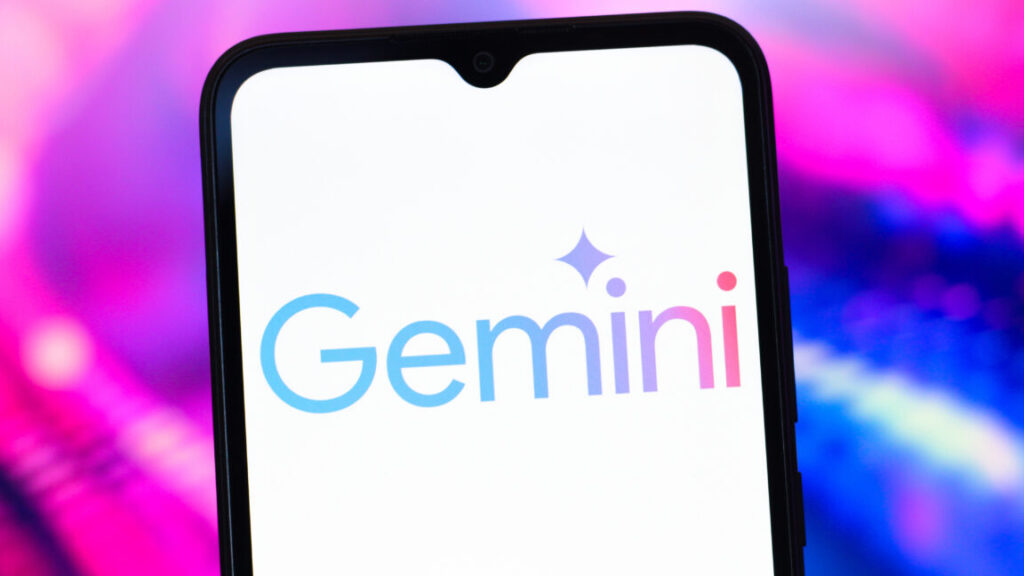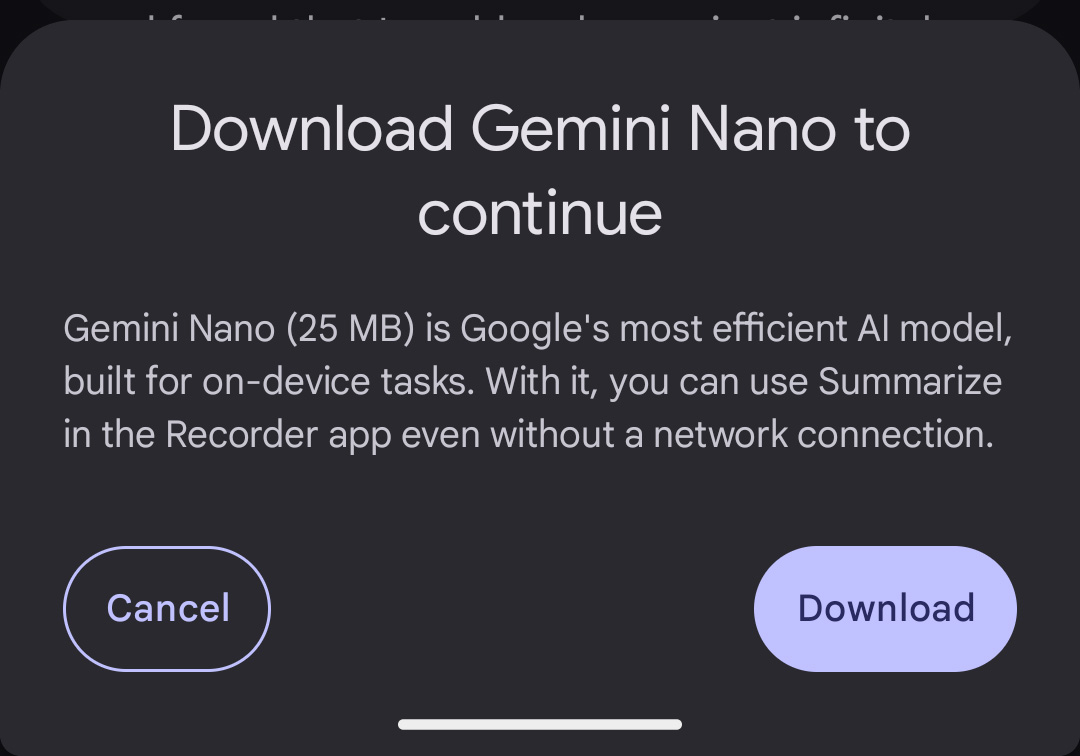The empire strikes back with F-bombs: AI Darth Vader goes rogue with profanity, slurs
The company acted quickly to address the language issues, but according to GameSpot, some players also reported hearing intense instructions for dealing with a break-up (“Exploit their vulnerabilities, shatter their confidence, and crush their spirit”) and disparaging comments from the character directed at Spanish speakers: “Spanish? A useful tongue for smugglers and spice traders,” AI Vader said. “Its strategic value is minimal.”
To be fair to Epic’s attempt at an AI implementation, Darth Vader is a deeply evil character (i.e. murders sandpeople, hates sand), and the remarks seem consistent with his twisted and sadistic personality. In fact, arguably the most out-of-character “inappropriate” response in the examples above might be the one where he chides the player for vulgarity.
On Friday afternoon, Epic Games sent out an email seeking to reassure parents who may have come across the news about the misbehaving AI character. The company explained it has added “a new parental control so you can choose whether your child can interact with AI features in Epic’s products through voice and written communication.” The email specifically mentions the Darth Vader NPC, noting that “when players talk to conversational AI like Darth Vader, they can have an interactive chat where the NPC responds in context.” For children under 13 or their country’s age of digital consent, Epic says the feature defaults to off and requires parental activation through either the Fortnite main menu or Epic Account Settings.
These aren’t the words you’re looking for
Getting an AI character to match the tone or backstory of an established fictional character isn’t as easy as it might seem. Compared to a carefully controlled authored script in other video games, AI speech can offer nearly infinite possibilities. Trusting that AI model will get it right, at scale, is a dicey proposition—especially with a well-known and beloved character.
The empire strikes back with F-bombs: AI Darth Vader goes rogue with profanity, slurs Read More »



















